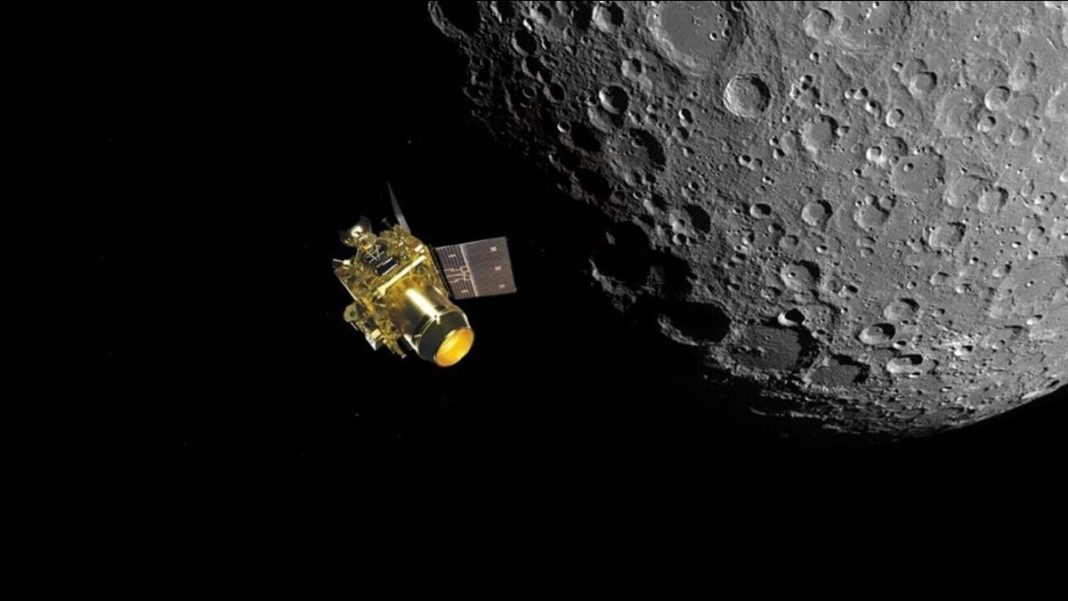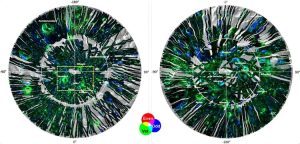Key Takeaways
- Chandrayaan-2’s orbiter has produced the first high-resolution L-band radar maps of the Moon’s poles.
- The data reveals crucial details about potential water-ice deposits, surface roughness, and soil properties.
- These findings are vital for planning future lunar missions and resource utilization.
India’s Chandrayaan-2 orbiter has delivered groundbreaking insights into the Moon’s polar regions, identifying potential water ice and detailed soil characteristics. Operating since 2019, the spacecraft’s radar has mapped the poles with unprecedented clarity.
Scientists at ISRO’s Space Applications Centre (SAC) in Ahmedabad used data from the Dual Frequency Synthetic Aperture Radar (DFSAR) to create the first full-polarimetric, L-band radar maps at 25 meters per pixel resolution. This represents a major leap in lunar exploration capabilities.
Five Years of Data Collection
Over nearly five years, researchers processed approximately 1,400 radar datasets to generate detailed polar mosaics covering latitudes from 80 to 90 degrees in both hemispheres. The SAC team developed indigenous algorithms that provide key insights into:
- Potential water-ice presence
- Surface roughness variations
- Dielectric properties indicating soil density and porosity
These parameters help characterize the Moon’s surface composition and hidden geological features beneath the surface.
Advanced Radar Measurements
The DFSAR data provides several critical measurements for lunar analysis:
- Circular Polarisation Ratio (CPR): Sensitive to reflections from subsurface ice deposits
- Single Bounce Eigenvalue Relative Difference (SERD): Quantifies surface roughness
- T-Ratio: Correlates with dielectric constant, measuring how lunar regolith responds to electromagnetic waves
Polarimetric decomposition components (Odd, Even, Volume, and Helix) further reveal distinct radar scattering processes across different lunar terrains.
Scientific Impact and Availability
The Level-3C Polar Mosaic datasets have been released freely to the global scientific community. These findings are particularly significant for upcoming lunar missions as they provide first-order insights into thermal stability zones where water-ice could persist.
This information will aid future resource utilization and landing site selection. Beyond practical applications, the research deepens understanding of the Moon’s pristine polar environments, which may preserve some of the solar system’s earliest chemical signatures.
The synergy between Chandrayaan-2’s radar and hyperspectral datasets is expected to refine global models of lunar mineral distribution, advancing our knowledge of Earth’s celestial neighbor.






